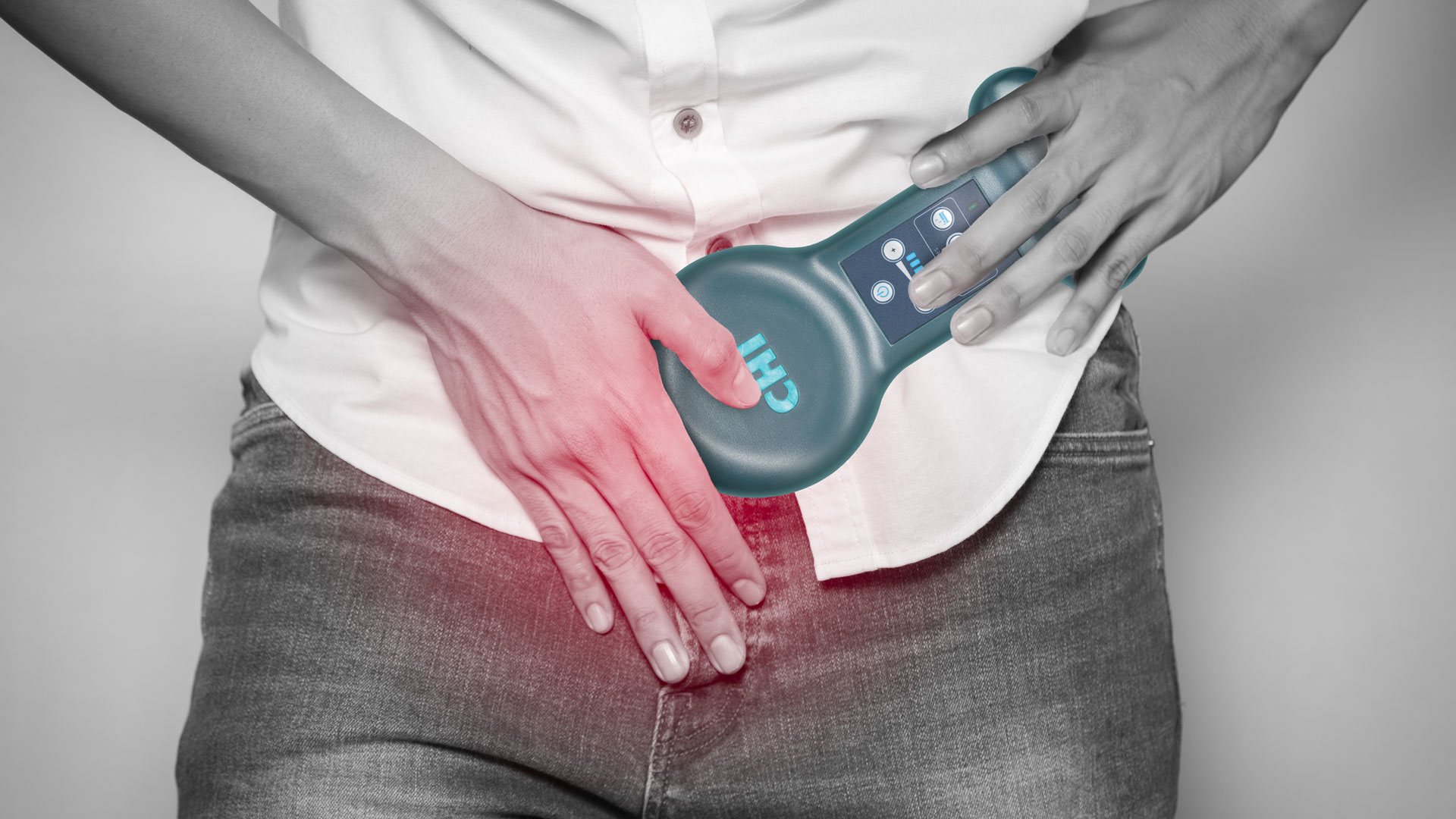
Reducing Prostate Inflammation with the CHI Palm
Prostate inflammation occurs when cells in the prostate become inflamed and start producing excess fluids, often causing excess pressure, discomfort, and urinary difficulties. When prostate cells are inflamed a diagnostic enzyme PSA passes through the inflamed cell membrane and gets into the blood, resulting in elevated PSA. Another factor is that prostate inflammation or any lower pelvic inflammation causes the bladder to become irritated and to contract. This also contributes to urinary problems like frequent urination.
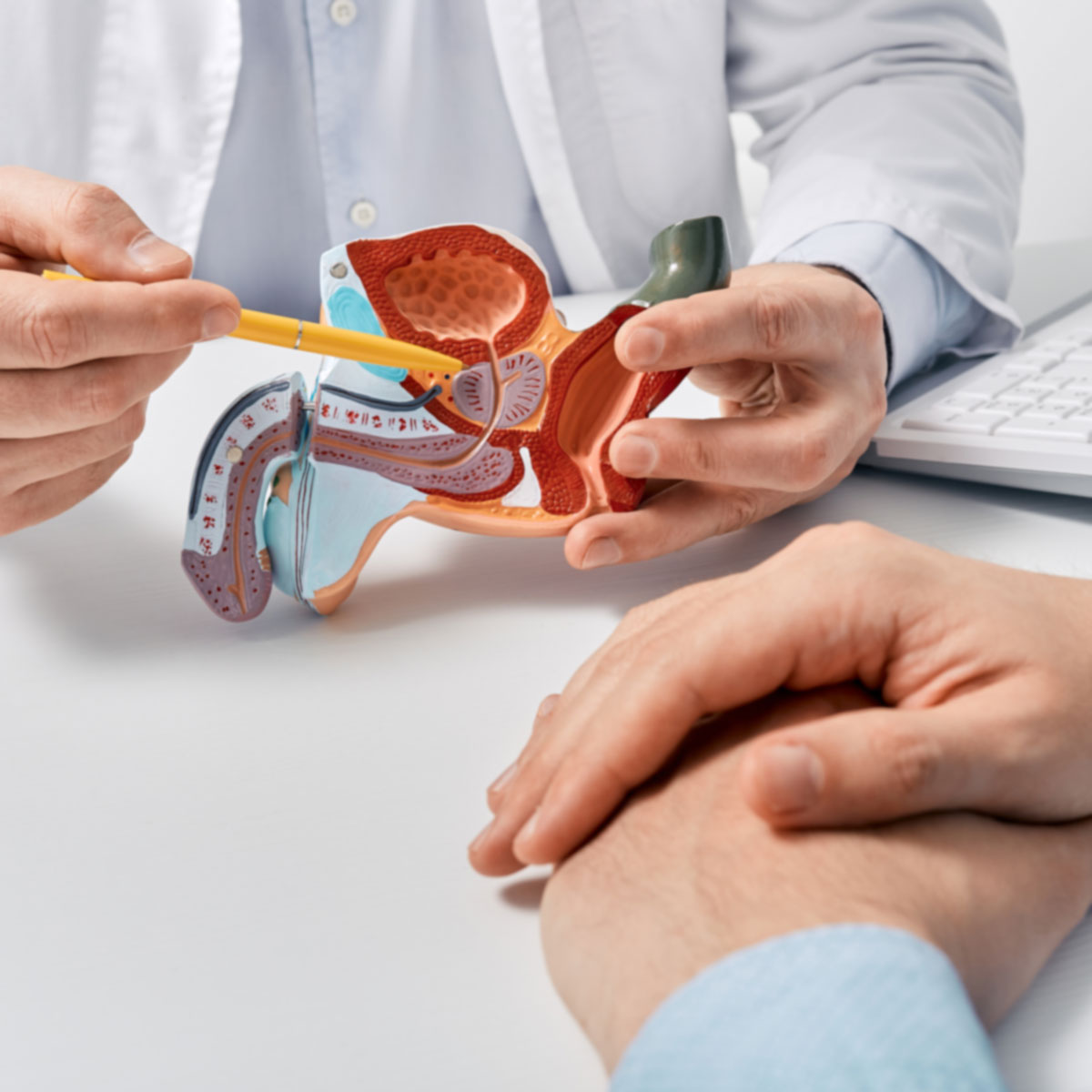
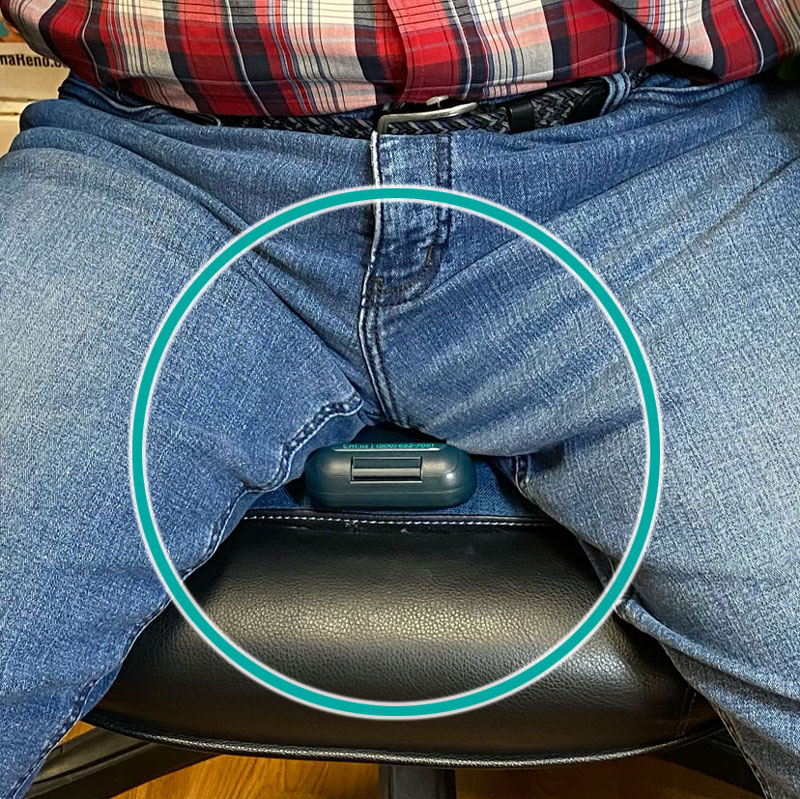
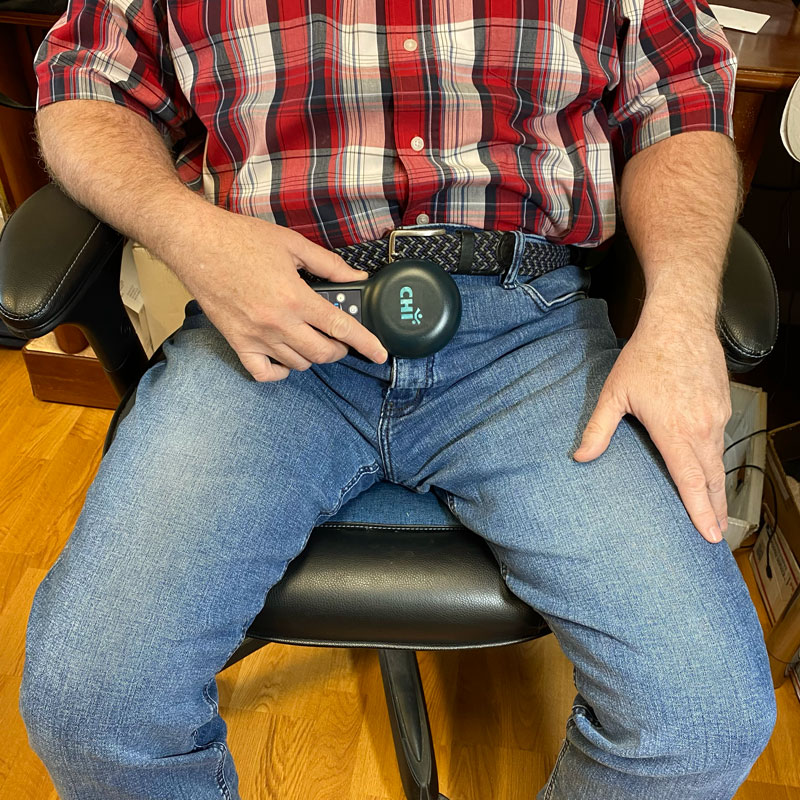
- Apply the CHI Palm to the perineum* area for 15 to 30 minutes using the Deep Calm setting.
- Then, apply the same Deep Calm signal to the lower belly, an inch below the navel, for 15 minutes. (For faster results, it can be applied all night.)
- Apply daily until acute discomfort subsides, then weekly or monthly to keep inflammation down and the bladder relaxed.
The perineum point relaxes the prostate and reduces inflammation. It also stimulates key vitalizing acupuncture points, Governing Vessel 1 (tip of spine) and Conception Vessel 1 (perineum). The lower belly point relaxes the bladder and energizes the “Dan Tian” another key source of vitality for the body. This is generalized as the most used protocol. It is best to experiment and do what works best for you.
*The perineum is the area between the anus and the scrotum.
The following report shows a very rapid recovery from frequent urination. It may be more about stress, fear, or anxiousness in the muscles of the bladder than about inflammation of the prostate:
Reduction of pain and inflammation with the CHI Palm and earlier Infratonics has been proven over the last 40 years. There have been many reports of reduction in prostate symptoms. The causes of prostate inflammation are not clearly defined. They are generally thought to be caused by stress, infection, inflammatory foods like fried foods, highly processed foods, and seed oils, though there may be unseen causes as well. While women tend to suffer from a variety of pelvic inflammatory conditions, the inflammation in men is mostly focused in the prostate.
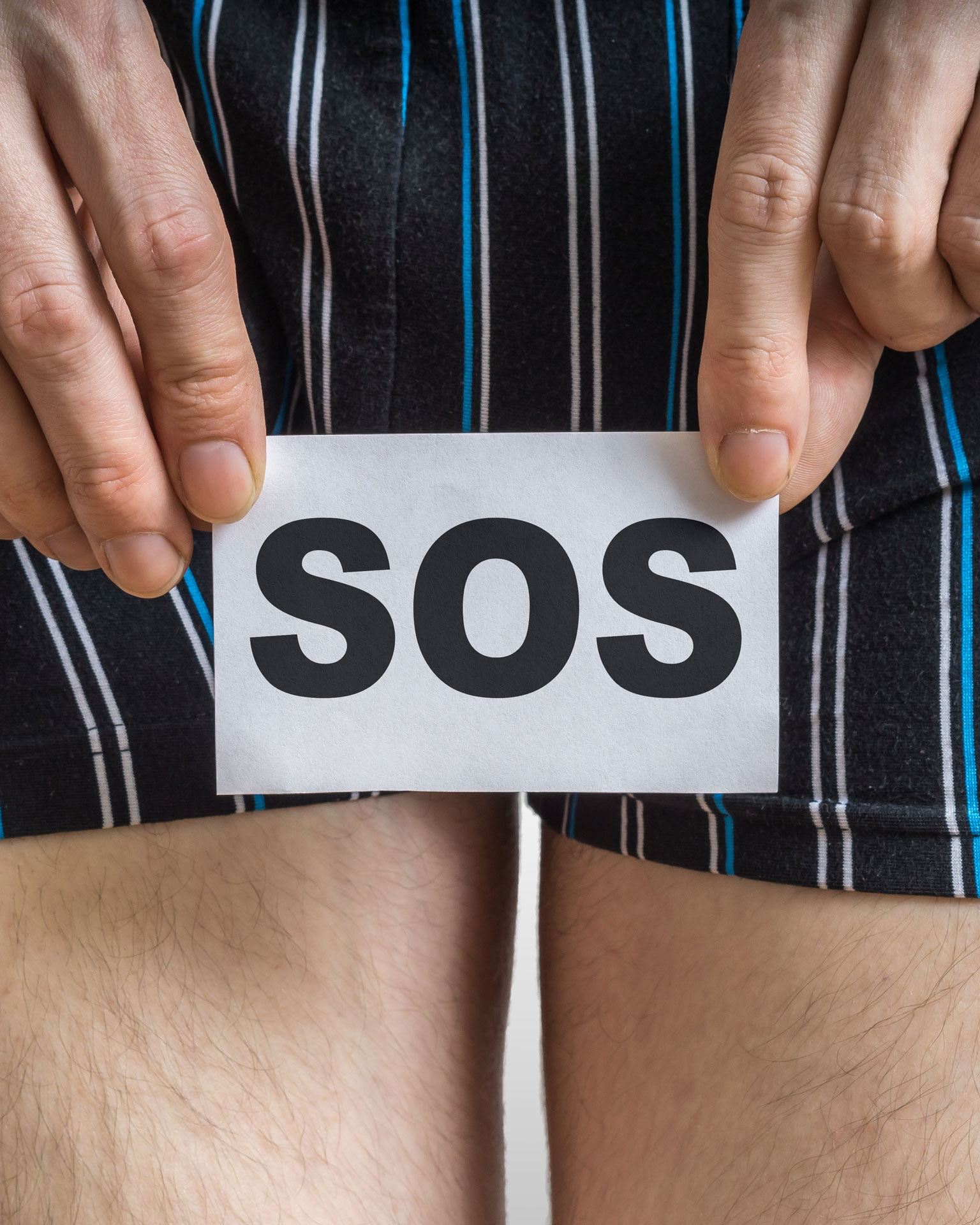
CHI Equine research of damaged muscles and synovial tissue shown that muscle cells treated with the Infratonic, an early CHI Palm, produced dramatically reduced heat within minutes and swelling within days. We believe this is due to calming the angry rebellious cells and making them more cooperative.
While we saw rapid reduction in heat in horses’ muscles and more gradual reduction in swelling; however, in the second study, reduction was slower. We saw a very gradual decrease in diagnostic enzymes AST and CPK, over a period of 6 weeks with daily treatment which indicates that the heat of inflammation was different from the muscle damage that caused the cell membrane to leak fluid causing swelling and elevation in diagnostic enzymes:
We hypothesized that, because hyaluronic acid (HA) is a primary ingredient that holds the outer membrane of the muscle together, it must have taken several weeks for the HA to build up in the muscle tissue to stop the escape of fluid. To see if this is true, we started another equine project, testing the quantity and quality of HA in the hocks of horses. The hock is a heavily used joint in the legs of race horses. We treated one hock of race horses for a period of 5 weeks, and indeed found a dramatic increase in HA in the hocks treated with the Infratonic. This improvement again accrued gradually over a period of 5 weeks. This means the gradual improvement in HA correlates with the healing of muscles and reduction of CPK and AST, the diagnostic enzymes for muscle damage.
Just as CPK and AST are released from damaged muscle cells, PSA is released from damaged prostate cells. Thus, we might expect that, with regular use, the leakage of PSA from inflamed prostate cells will gradually decrease as HA increases and prostate cells heal from the inflammation. While we have received many reports on reducing prostate inflammation and improving urination, we have received just a few reports on reduced PSA. Here is one such report:
While controlled studies with standardbred horses allows for absolute assurance of daily treatment, patient compliance while at home cannot be assured. Often, patients will apply the protocol for the first few days, and when they see improved urination and reduced swelling, they may slack off, only treating occasionally after that. This may be why we have more reports on improved urinary function than on reduced PSA.
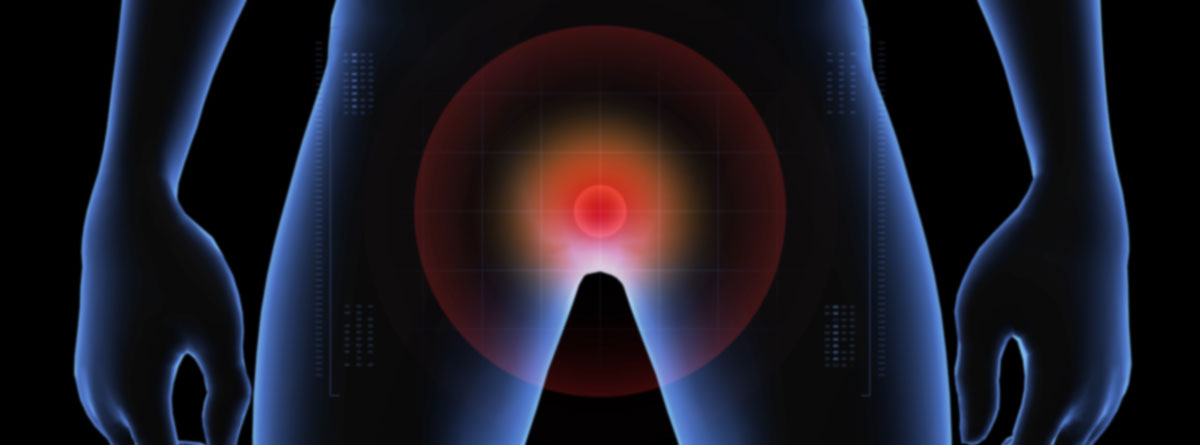
Apply the protocol at the top of this article whenever swelling or pressure is felt in the prostate or with increased frequency of urination at night. When swelling is reduced, reduce treatment frequency from daily to once per week as required. Remember that continued treatment will contribute to more complete healing of cells.
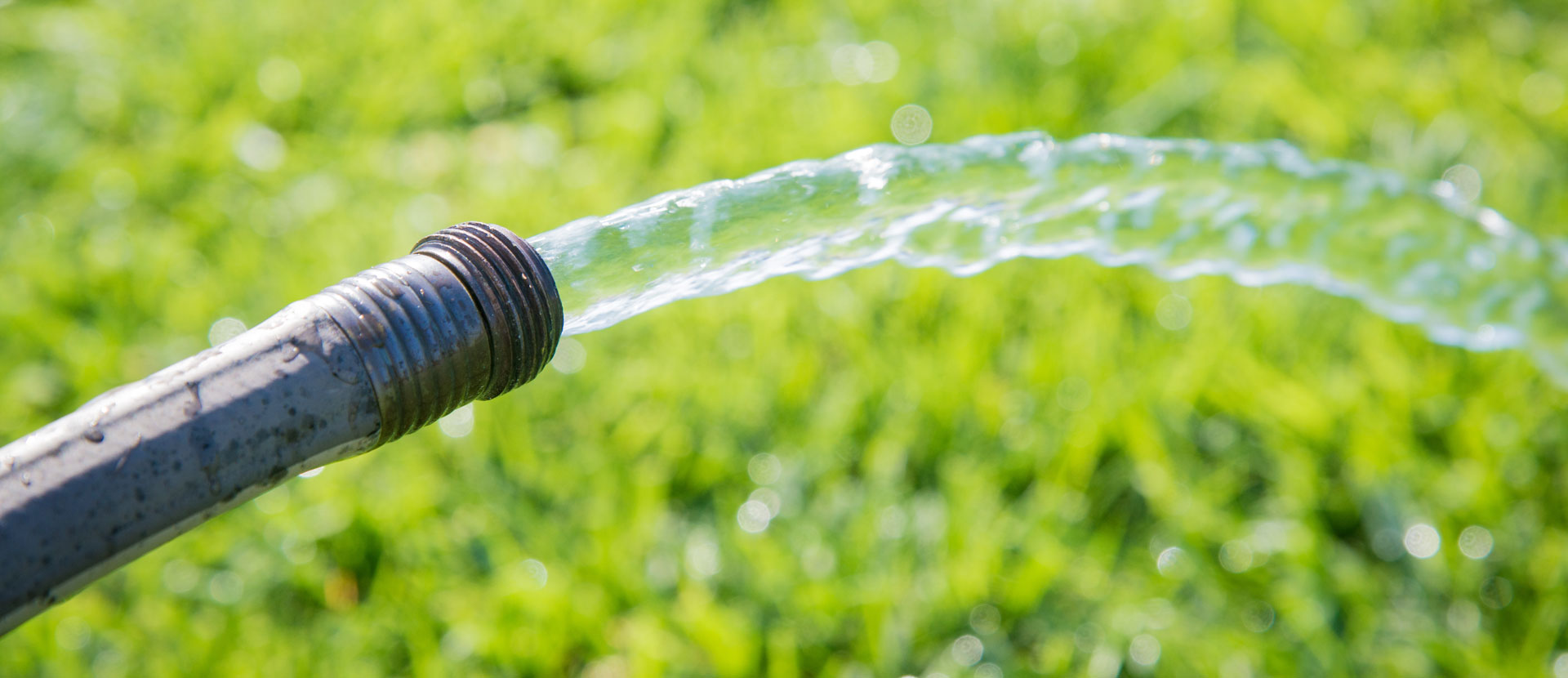
Comments (1)
Leave a Reply
You must be logged in to post a comment.
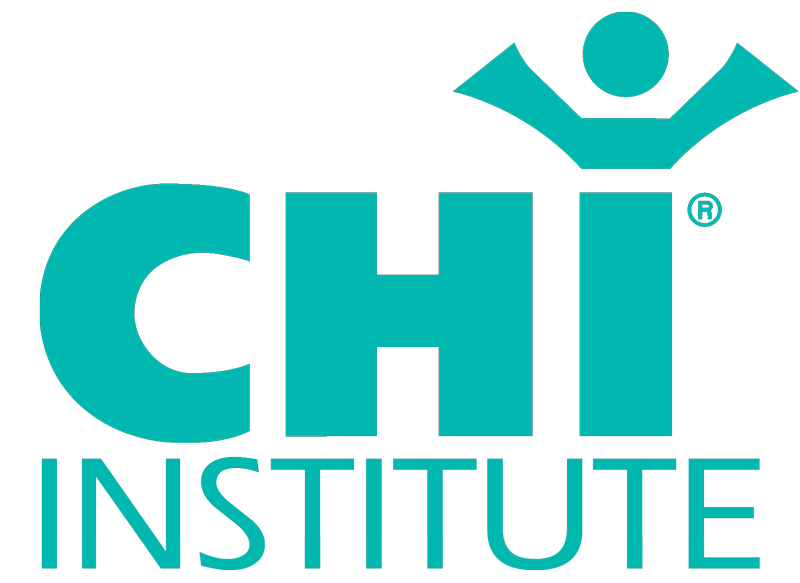

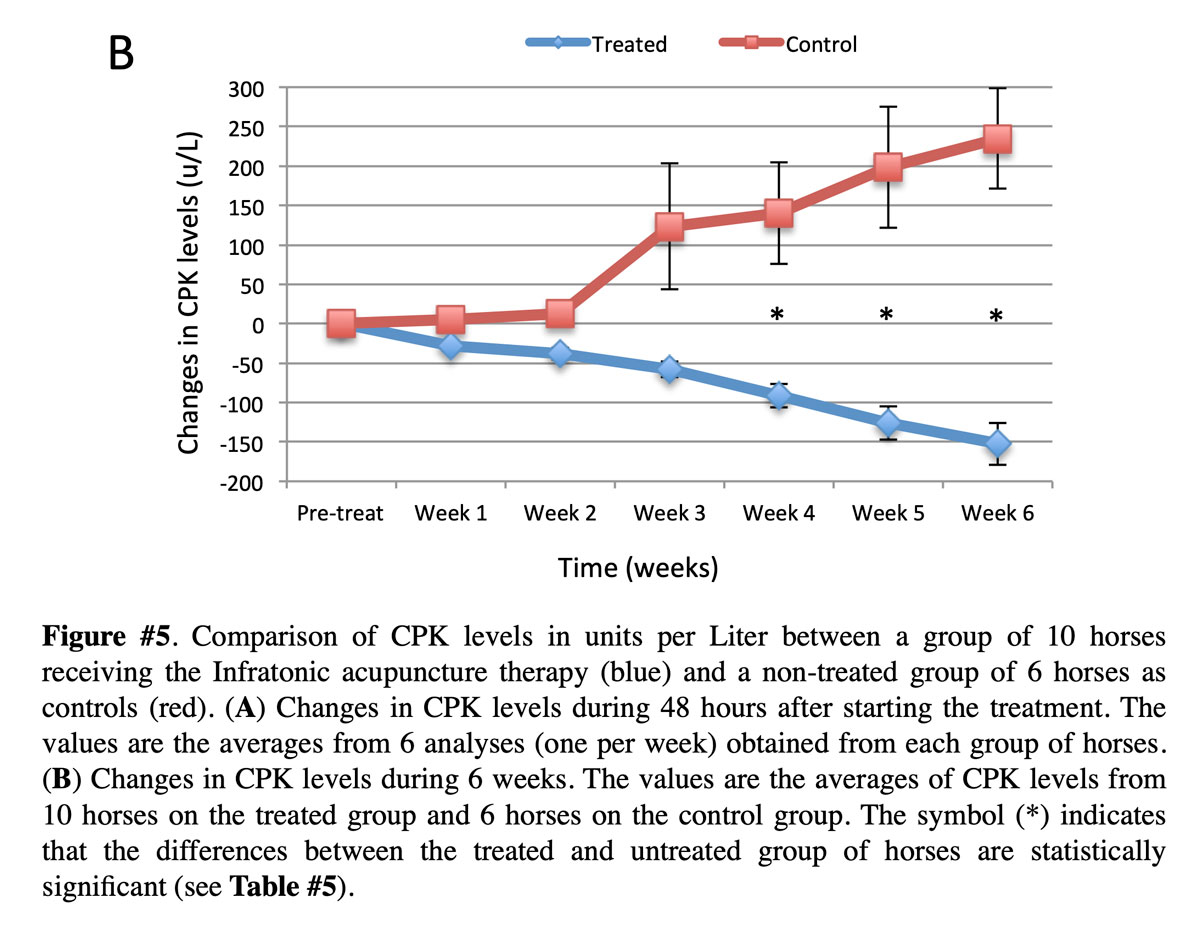
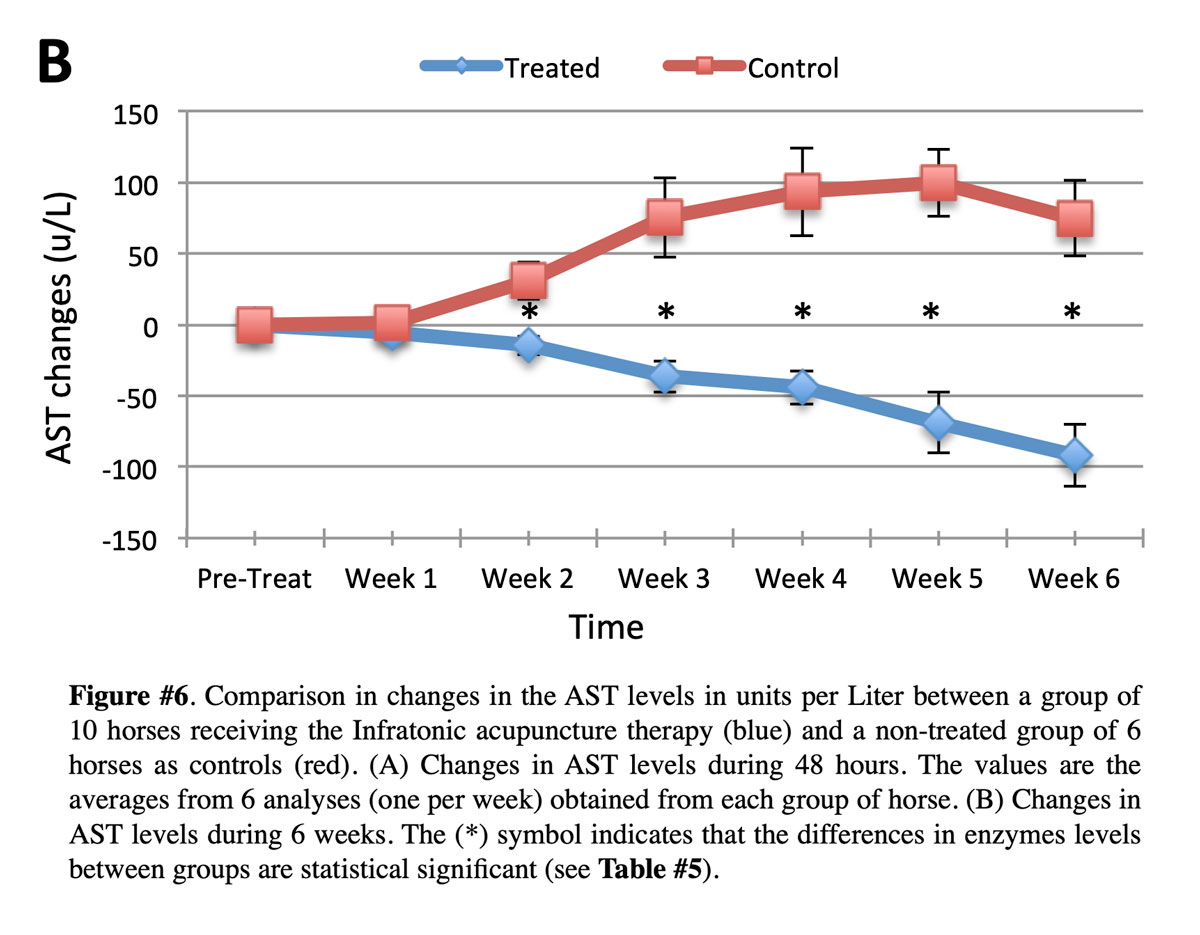

Great work on your blog post! The content was engaging and relatable, and I found the practical tips and suggestions you shared to be applicable in various situations.